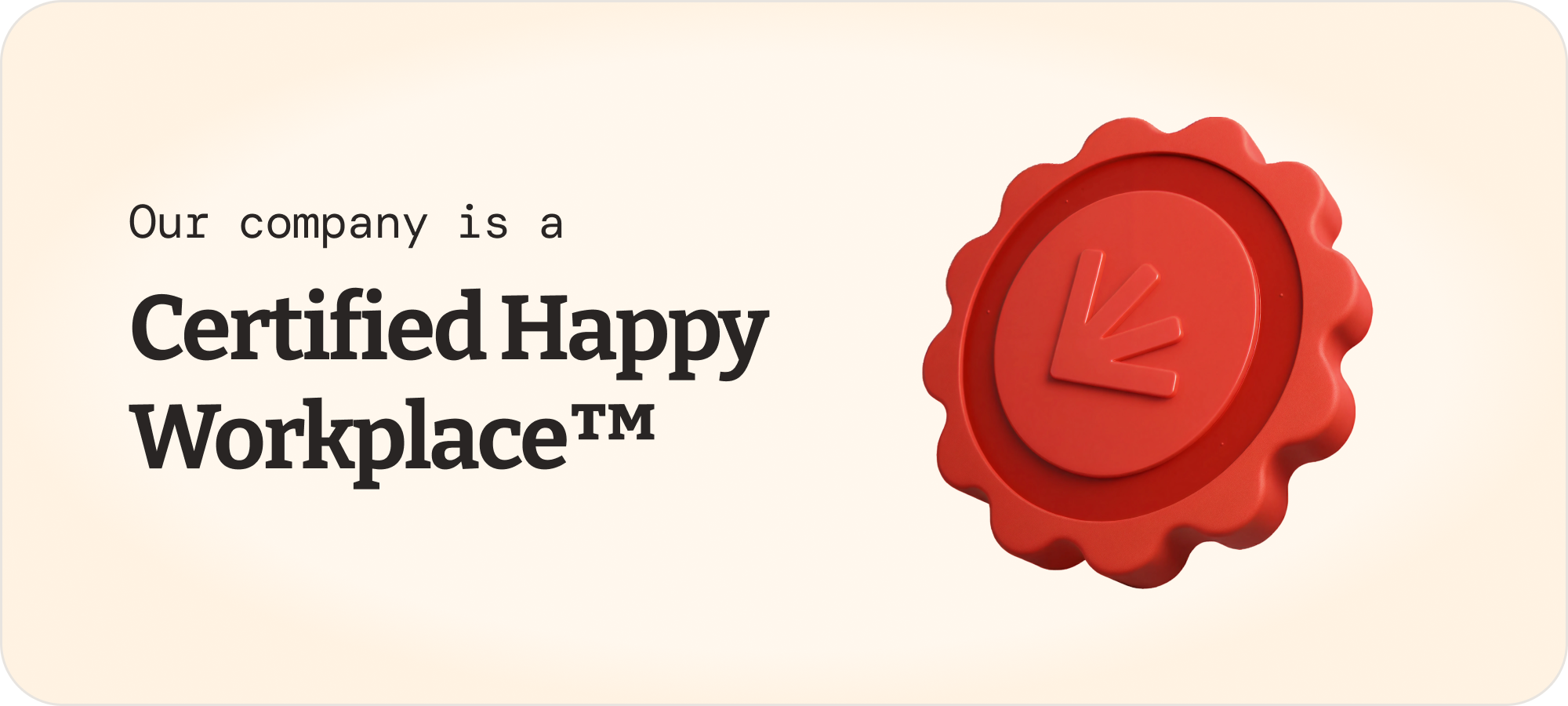
Our engagement platform is easy to use, build on data science, a lot of automation and provides concrete AI-driven insights and recommendations at all levels.

© Zoios. All Rights Reserved.
Workplace well-being is crucial for employees to perform at their best. Moreover, it's a key factor in retaining talented employees and minimizing sick leave.
A well-being strategy is not just a document that sits in a drawer. It's a living plan that needs to be implemented and followed up on. Here is our 10-step guide on how to anchor an effective well-being strategy in your workplace.
1. Define the Purpose: Start by defining what the purpose of the well-being strategy is. It could be to increase employee satisfaction, reduce sick leave, or improve collaboration.
2. Involve the Employees: Employees should be part of the process from the start. Invite them to contribute ideas and suggestions on how well-being can be improved.
3. Include Expertise: Consider using external experts to help develop and implement the strategy. This could be an HR consultant, an occupational psychologist, or a coach.
4. Set Measurable Goals: It's important to have clear, measurable goals for the well-being strategy. This could be a specific score on an employee satisfaction survey, a reduction in sick leave, or lower employee turnover.
5. Implement the Strategy: Once the strategy is developed, it's time to implement it. This could involve training leaders, workshops for employees, or changes in workflows.
6. Communicate Clearly: It's important to communicate clearly about the strategy to all employees. It should be clear what the purpose is, and what is expected of each individual.
7. Follow Up: After implementation, it's important to follow up on how things are going. This can be done through ongoing well-being measurements, feedback from employees and leaders, and evaluation of the set goals.
8. Adjust the Strategy: Based on the follow-up, it may be necessary to adjust the strategy. This could be changing some initiatives, adding new ones, or removing those that aren't working.
9. Reward Success: When the goals are achieved, it's important to celebrate. This could be with a collective celebration, recognition of the employees who have contributed the most, or even bonuses or pay raises.
10. Repeat the Process: The work of creating better well-being in the workplace is an ongoing process. Once a goal is achieved, it's time to set new goals and start the process over.
It's well known that happy employees are more productive. They are more engaged, more creative, and have a higher degree of job satisfaction. They are also more likely to stay with the company, which reduces the costs of employee turnover.
Increased well-being can also have a positive effect on customer service. When employees are thriving, they are more likely to provide good service, which can lead to more satisfied customers and increased sales.
Ongoing well-being measurements are an effective tool for following up on the well-being strategy. They provide valuable knowledge about how employees are doing and which areas can be improved. So you can avoid poor well-being in the workplace.
It can be a good idea to use a digital tool for well-being measurements. It makes it easy to collect and analyze data, and it's often possible to get real-time feedback.
Well-being measurements should not only be about numbers and statistics. It's also important to include the employees' own experiences and perspectives. This can be done through individual conversations, or anonymous feedback systems where employees can write any comments.
The below dagram illustrates the 10 steps to an effective well-being strategy. It starts with defining the purpose and involving the employees, and ends with rewarding success and repeating the process.

By following these steps, you can create a workplace where employees thrive, perform at their best, and stay with the company for a longer time. It's an investment that pays off both humanly and on the bottom line.
At Zoios, we already help many Danish companies carry out their monthly well-being measurement. We measure 8 scientifically proven drivers of well-being, as well as employee satisfaction and eNPS. Our survey is automatically sent out every month and takes on average 2 minutes to answer.
The results for each survey can easily be read in our innovative dashboard and after each survey dispatch, you have a meeting with our people consultants, all of whom have a university background typically in business psychology. They help you go through the data, and provide input on well-being creating initiatives based on your answers.
This diversity and inclusion reports deep dives into women's well-being in the workplace. See why women are 27% less likely than men to have great well-being at work.
Download the report.png)
This diversity and inclusion reports deep dives into women's well-being in the workplace. See why women are 27% less likely than men to have great well-being at work.
Download the report.png)
Table of contents